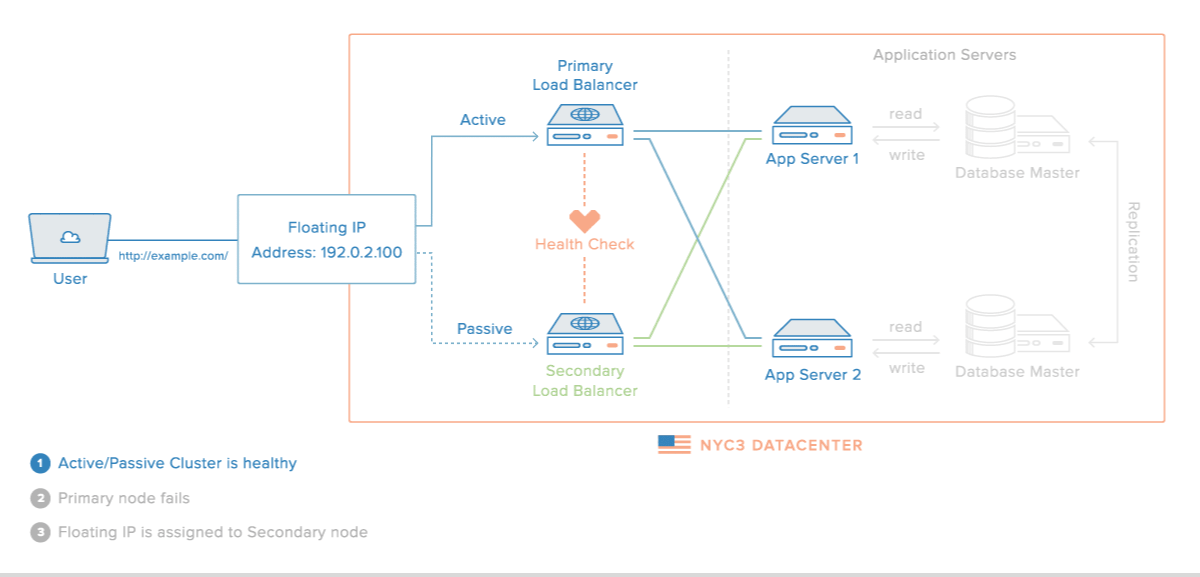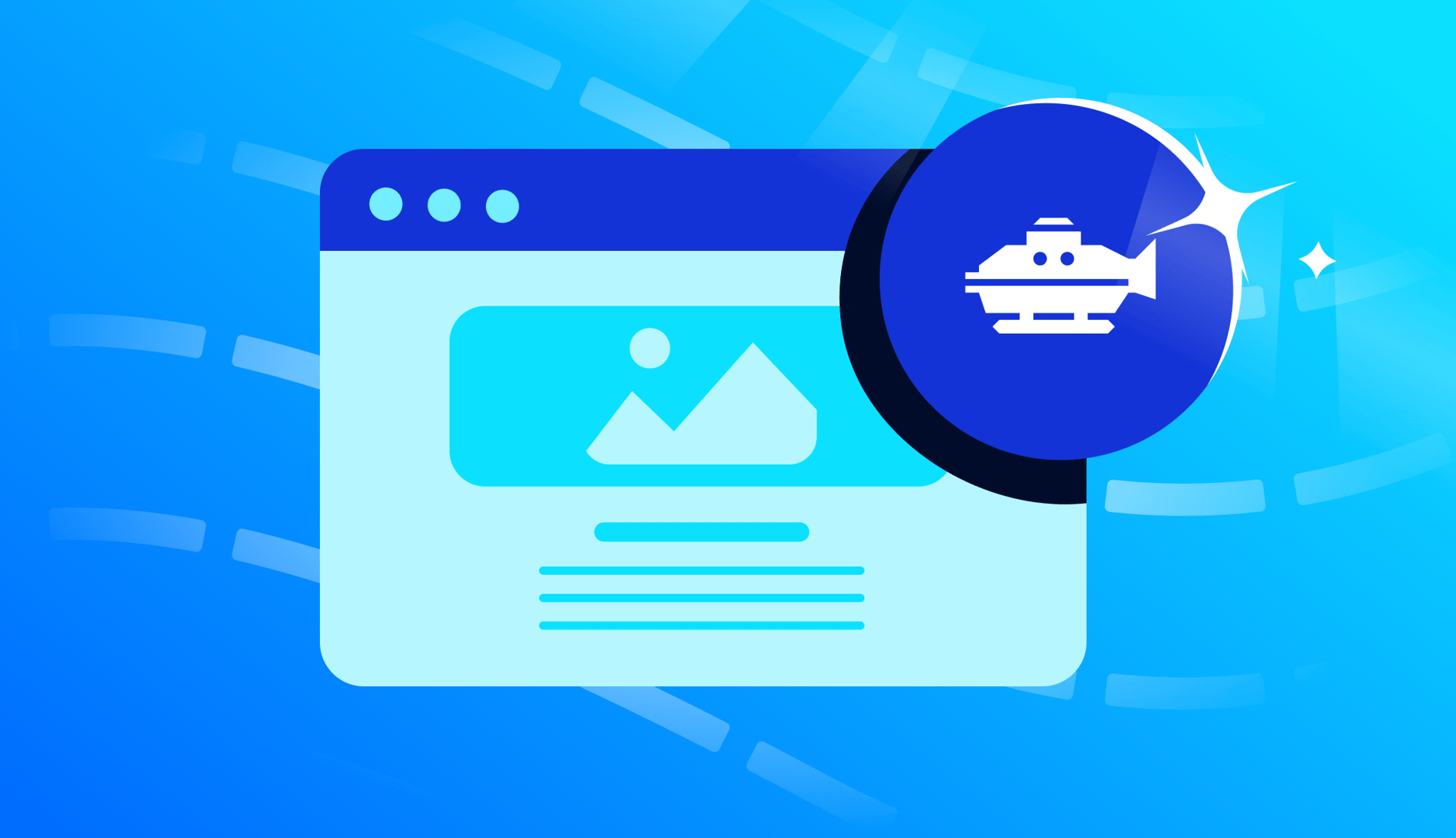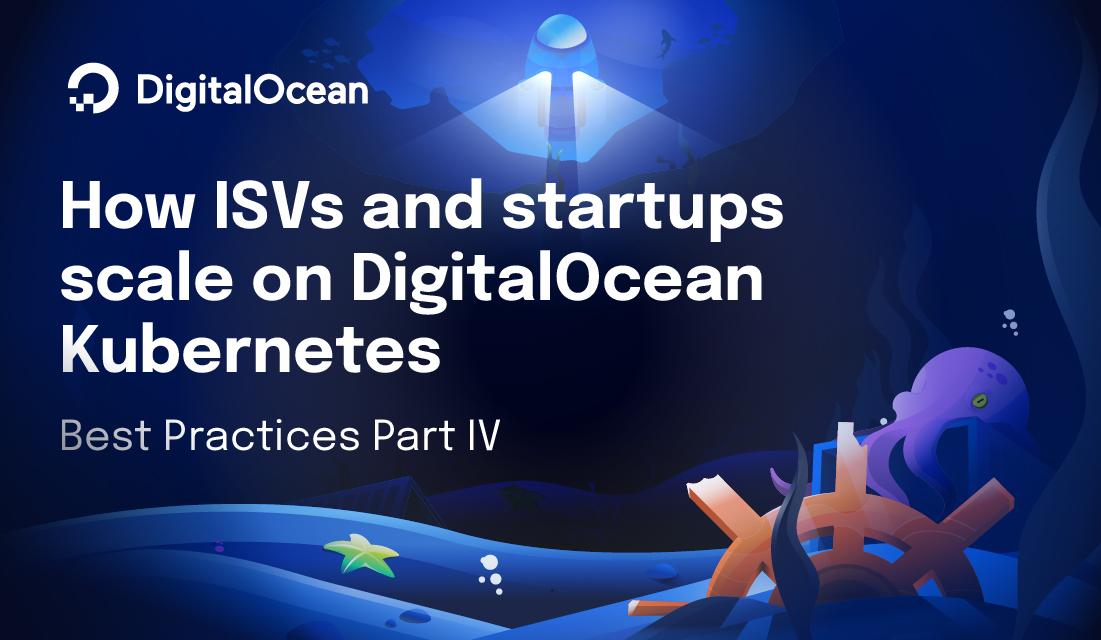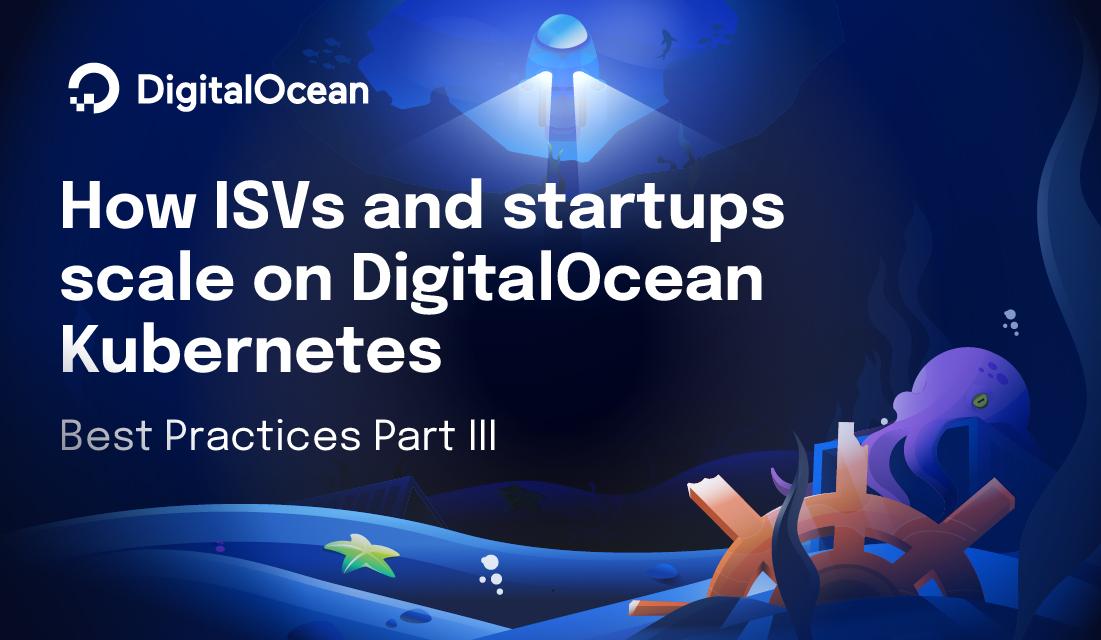As of June 2022, Floating IPs are named Reserved IPs. The Reserved IP product will retain all the same functionality and pricing as the prior product.
High Availability is key to any production environment. It grants developers peace of mind knowing their application is architected to withstand failure scenarios.
Today, we are excited to announce Floating IPs (now named Reserved IPs). A Floating IP is an IP address that can be instantly moved from one Droplet to another Droplet in the same datacenter.
Part of a highly available infrastructure is being able to immediately point an IP address to a redundant server. This is now possible with the addition of Floating IPs.
How It Works
Single points of failure can be the downfall of any application. With Floating IPs, customers can associate an IP address with a different Droplet, with minimal downtime. This makes it possible to set up a standby Droplet, ready to receive your production traffic at a moment’s notice.

Floating IPs are free to use. However, due to the shortage of IPv4 addresses available, if you reserve an address but don’t assign it to a Droplet, we charge $0.006 per hour for each unassigned, reserved IP. (You can relinquish unused IPs from the control panel.) To keep billing simple, you will not be charged unless you accrue $1 or more.
Automatic Failover
With a bit of scripting, you’re able to set up redundant load balancers that automatically fail over. If the primary load balancer goes offline, your traffic can be redirected to the secondary one with minimal application downtime.
Smooth Upgrades
Floating IPs aren’t just for failover situations. You can also use them for application upgrades. For example, you can spin up a new Droplet, run the upgrades on the new Droplet, and then switch the flow of traffic to the new Droplet.
Getting Started
Our Ruby and Go wrappers have been updated to support Floating IPs. You can also check out our API documentation.
The easiest way to start using Floating IPs is to read our Floating IPs on DigitalOcean tutorial. It covers everything you need to know about Floating IPs, and includes links to further guides that will step you through creating your own high availability setup.
Floating IPs is our first step in addressing high availability, and you can expect more in the near future.
by Brooke McKim
Related Articles

Deploying your Microservices Architecture App in App Platform using Managed Kafka
Blesswin Samuel and Mavis Franco
July 2, 2024•3 min read

How SMBs and startups scale on DigitalOcean Kubernetes: Best Practices Part IV - Scalability
June 6, 2024•11 min read
